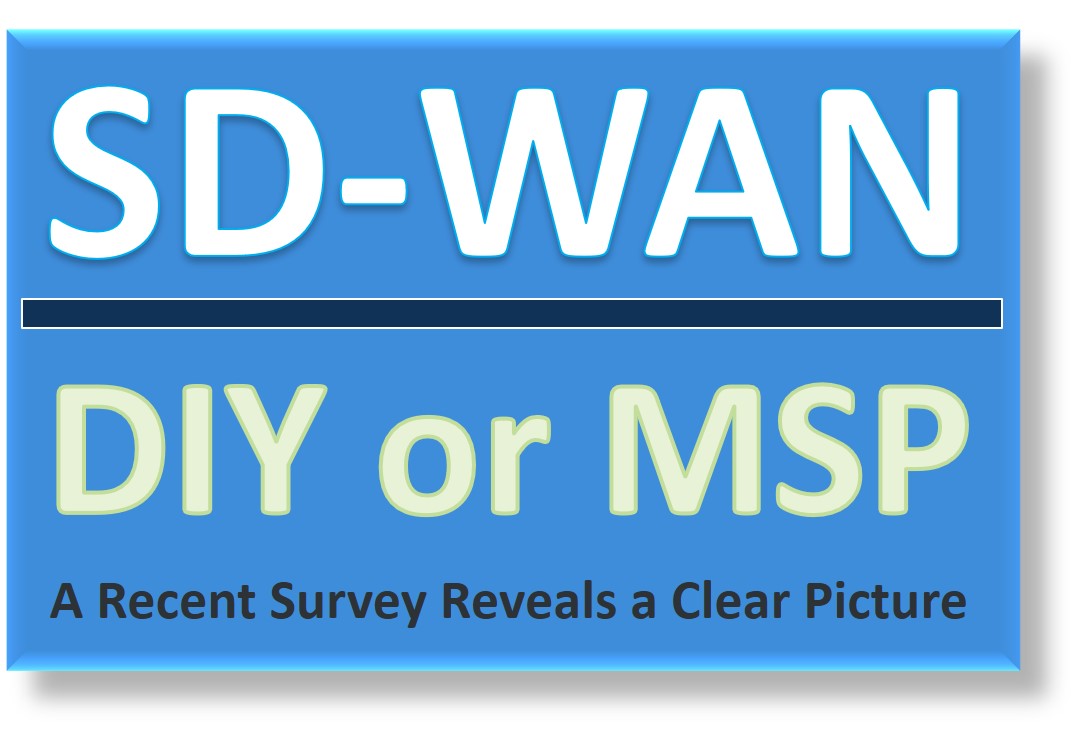Software-defined networking is mature enough to where the technology is fulfilling the promise to centralize and simplify management of business networks. However, more than a few IT managers, in particular those working for small- and medium-sized businesses, do not feel software-defined networking is an option. They are under the impression software-defined networking only makes sense for enterprise operations with huge budgets and plenty of IT staff to manage the operation.
That sentiment may have been true at one time, but is no longer the case. Most if not all the costly growing pains have been eliminated, allowing software-defined networking to develop into a powerful tool for organizations of any size.
Software-Defined Networking in Simple Terms
The best way to explain Software-Defined Networking (SDN) might be a brief history of where and why SDN originated. In the mid to late 1990s, researchers were developing new network protocols for the Internet Engineering Task Force. The work involved a significant amount of testing, adjusting, and testing again. Each alteration required the researchers to change physically one or more networking components and/or their configuration.
Trying to save time, the clever engineers figured out how to control the individual hardware devices via a network-wide management software program. This meant the physical hardware never needed to be swapped out. The researchers simply reprogrammed the management software for each new test. Before long, astute business-types discovered what the researchers were doing, saw immense potential, and commercialized the technology.
Current terminology divides SDN into two components — Control Layer and Infrastructure Layer. SDx Central, a good source of information and for all things software-defined and the diagram to the right offers the following  descriptions:
descriptions:
- Control Layer: The management software responsible for routing and switching all network traffic.
- Infrastructure Layer: The physical components (routers and switches) that carry network traffic.
That’s SDN in a nutshell.
Is There an Economic Benefit?
SDN’s capabilities are impressive, but most companies do not reconfigure their network multiple times a day. That said, Arthur Cole, networking expert and technology writer offers a reason that will of interest, especially to C-Level management. “Calculating the economic benefit of SDN should be quite easy,” mentions Cole. “Start with the cost of the networking hardware SDN will make redundant: add to that the reduction in labor costs for network management, application provisioning, and other relevant ancillary functions; then subtract the total from the cost of SDN implementation, operation, and management.”
After doing the math, SDN typically comes out ahead because of:
- Reduced capital costs from replacing specialized equipment with SDN-controlled commodity switching and routing devices
- Increased savings in real estate, power, cooling, and cabling
The Operational Benefits
Engineers mention that digital networks are like fingerprints, no two are alike. Moreover, setting up networks with individually-programmed routers and switches is complicated regardless of the company’s size.
SDN removes that individuality, allowing administrators, local or remote, to configure the network to meet any networking needs of the business. For example, a common occurrence is granting outside contractors remote access to the company network. Using SDN, that takes seconds, as does limiting what contractors can access.
A wise mentor mentioned that when a network is misbehaving the first question should be, “What has changed?” Before SDN technology was available, that required checking each device’s operation until the “what has changed” was found. SDN allows real-time analysis of network patterns and traffic loads, enabling administrators to see what changed and make appropriate corrections from a central command screen.
Simplified Security and Policy Management
A common witticism is that digital bad guys have it easy, they only need to find one weakness to penetrate an organization’s network. The good guys have to find and defend all weaknesses as soon as they surface. To help in that regard, Jon Oltsik, a senior analyst at Enterprise Strategy Group (ESG) and known for his expertise in IT security, champions CISO Triad — a security model based on the following three principles:
- Security efficacy (i.e., risk management and incident detection/response)
- Operational efficiency (i.e., facilitating the right processes and methodologies to allow the security team to work smarter and not harder)
- Business enablement (i.e., ensuring security is built into business processes that leverage IT resources)
“In my humble opinion, SDN-enabled security has the potential to add tremendous value in all three of these areas,” mentions Oltsik. “If that’s not a ‘killer app,’ I don’t know what is.”
Oltsik asked IT professionals what security feature allowed by SDN they found to be the most helpful:
- 28 percent: Blocking malicious traffic from endpoints while allowing normal traffic flows
- 28 percent: Auditing policy and conflict detection/resolution
- 23 percent: Centralizing network security, service policy, and configuration management
- 23 percent: Automating network security remediation tasks
- 23 percent: Managing network segmentation to increase security
One can see a common thread from the features selected by the security professionals. All the chosen features make use of SDN’s “management agility.”
Managing the SDN
It’s time to circle back to one of the original concerns — SDN sounds great, but only if there are “plenty of IT personnel” to install and operate the SDN platform. This is where companies like Mosaic NetworX are an advantage. They take all the pain-points of SDN design, implementation, and testing away.
Another advantage, in particular for smaller companies with little or no internal IT support, is contracting suppliers like Mosaic NetworX to run the system as well as provide service and support.
Attribution:
http://www3.cs.stonybrook.edu/~phillipa/CSE534/sdnhistory.pdf
http://www.enterprisenetworkingplanet.com/netsysm/making-the-business-case-for-sdn-1.html






